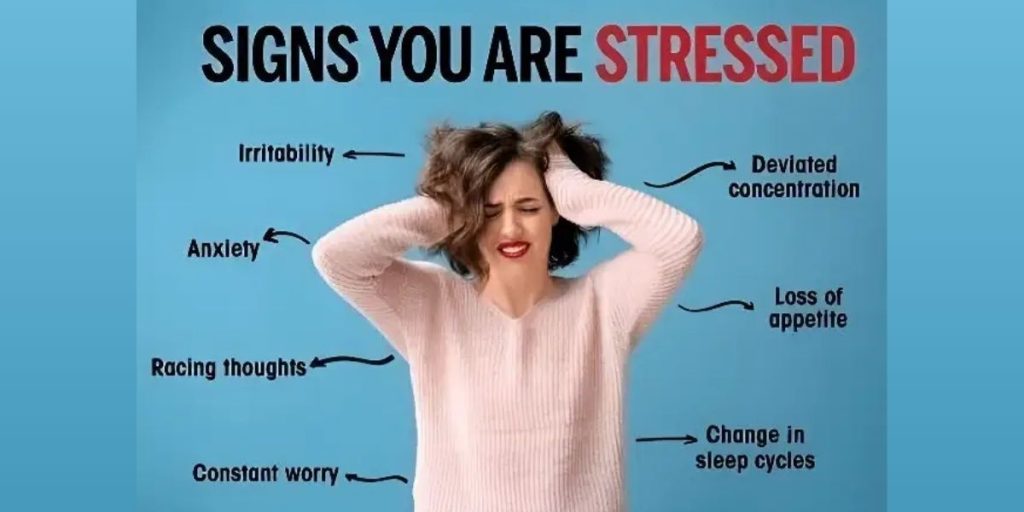In today’s always-on world, stress and anxiety have become constant companions for many of us. Whether it’s work deadlines, personal challenges, or simply scrolling through the news, modern life can be overwhelming. But the good news is: you don’t need an expensive retreat or hours of free time to find calm.
In this article, we’ll explore five simple yet powerful techniques to reduce stress and anxiety — anytime, anywhere.
1. Practice Deep Breathing (Even for Just 2 Minutes)
Breathing is the body’s built-in reset button. When you’re anxious, your breath often becomes shallow, signaling to your nervous system that you’re in danger. Deep breathing reverses that effect by calming your body and mind.
Try This:
- Inhale through your nose for 4 seconds
- Hold for 4 seconds
- Exhale slowly through your mouth for 6–8 seconds
- Repeat for 2–5 minutes
🧘 Why it works: Deep breathing activates your parasympathetic nervous system, reducing cortisol (the stress hormone) and promoting relaxation.
💡 Tip: Use free apps like Breathwrk or Insight Timer to guide your sessions.
2. Use the 5-4-3-2-1 Grounding Method
When anxiety feels overwhelming, grounding yourself in the present can be a lifesaver. The 5-4-3-2-1 technique uses your senses to bring you back into the moment.
Here’s how:
- 5 things you can see
- 4 things you can touch
- 3 things you can hear
- 2 things you can smell
- 1 thing you can taste
🌿 Why it works: It interrupts spiraling thoughts by shifting your focus to your surroundings, calming your mind and body quickly.
🧠 Bonus: Practice this in nature or while walking for an extra calming effect.
3. Move Your Body — Even a Little
Exercise is one of the most effective ways to reduce stress and anxiety. But you don’t need to hit the gym or run a marathon. A short walk, light stretching, or dancing to your favorite song can work wonders.
Ideas:
- Take a 10-minute walk outdoors
- Do 5 minutes of gentle yoga or stretching
- Try a short workout on YouTube or a fitness app
💪 Why it works: Movement releases endorphins (feel-good hormones), reduces stress hormones, and improves mood naturally.
🎵 Tip: Create a “mood booster” playlist to motivate you when energy is low.
4. Write It Out (No Filter Needed)
Journaling isn’t just for writers — it’s a powerful tool for anyone dealing with anxiety. Putting your thoughts on paper helps you process them, see patterns, and gain perspective.
Try:
- A daily “brain dump” — write whatever’s on your mind for 5–10 minutes
- Gratitude journaling — list 3 things you’re thankful for
- Mood tracking — note your emotional state and triggers each day
🖊️ Why it works: Writing externalizes your worries, freeing up mental space and helping you regain control.
💡 Tools: Use a physical notebook or apps like Day One or Journey for digital journaling.
5. Limit News & Social Media — Consciously
One of the biggest sources of modern anxiety? Doomscrolling. While staying informed is important, constant exposure to stressful content can overload your nervous system.
Here’s what you can do:
- Set app limits or schedule specific “scroll time”
- Turn off push notifications for non-essential apps
- Replace screen time with mindful time: reading, walking, calling a friend
📵 Why it works: Reducing digital clutter helps quiet your mind and improves your focus and emotional well-being.
🧘 Bonus: Try a “tech-free hour” every evening to wind down and reset.
Final Thoughts: Small Steps, Big Shifts
Reducing stress and anxiety doesn’t always require dramatic changes. Often, it’s the small, intentional habits that make the biggest difference. These five techniques can be practiced anywhere — in your car, at your desk, before bed — and take just a few minutes to start working.
Start with one technique today and notice how your mind responds. With consistency and compassion, calm becomes your new normal.
You deserve peace — and it starts one breath at a time.

